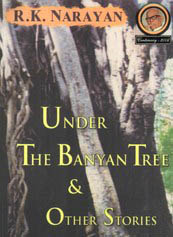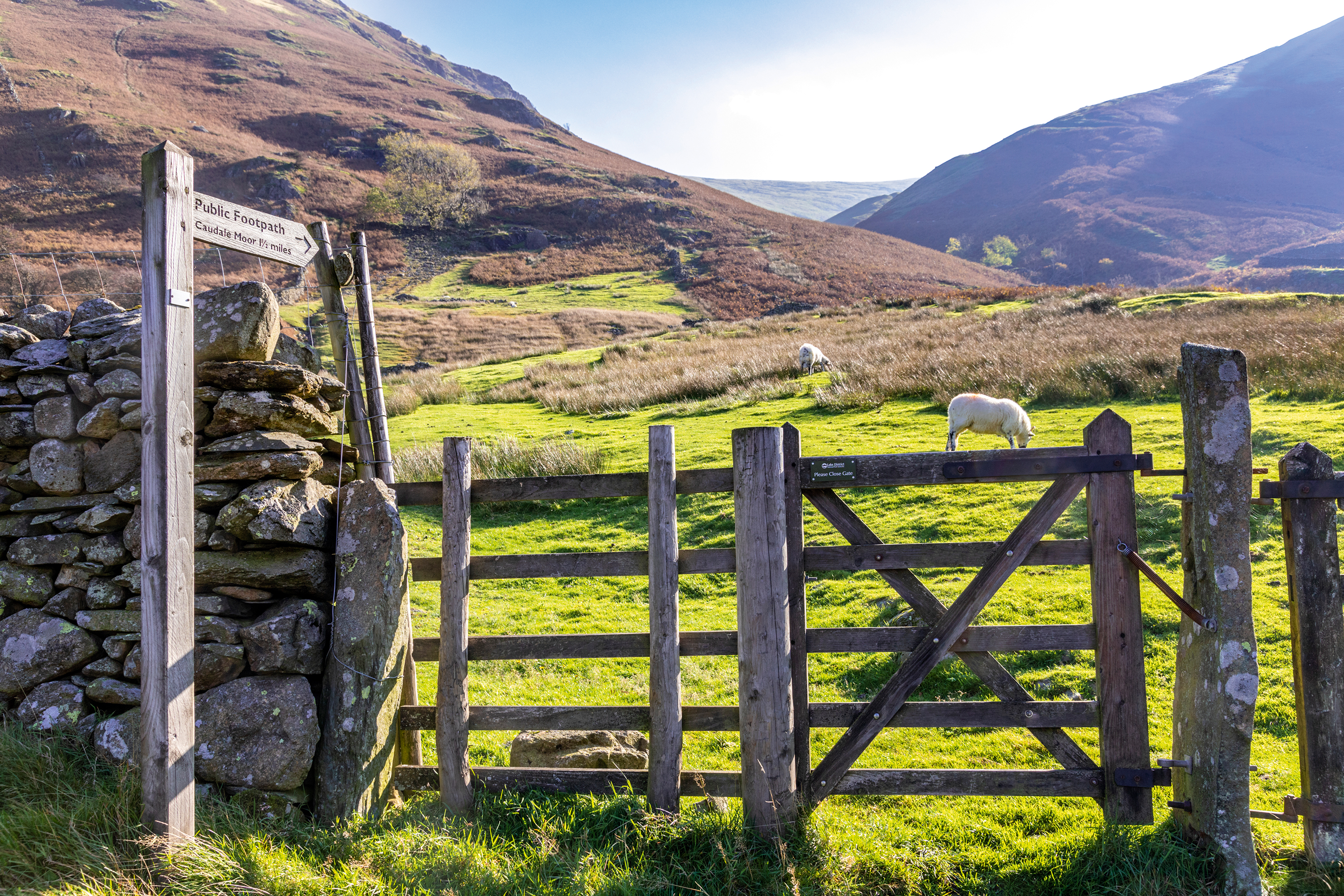Book review: Under the Banyan Tree
The art and imagery created by the British in the days of the Raj is the subject of this fascinating book


To order any of the books reviewed or any other book in print, at
discount prices* and with free p&p to UK addresses, telephone the
Country Life Bookshop on Bookshop 0843 060 0023. Or send a cheque/postal
order to the Country Life Bookshop, PO Box 60, Helston TR13 0TP.
Alternatively visit www.countrylife.co.uk/bookshop.
History/art Under the Banyan Tree Romita Ray (Yale, £50, *£44)
This book is something of a hybrid. It is a survey of British visual responses to the experiences of travelling in, and ruling, India, but it reads as if filtered through a third layer of perception, that of American academia. This is natural enough, as although Romita Ray is Indian-born, she is American-educated and now associate professor of Art History at Syracuse University, New York.
Sign up for the Country Life Newsletter
Exquisite houses, the beauty of Nature, and how to get the most from your life, straight to your inbox.
For much of the book, the Picturesque is something of an irrelevance. The really interesting thesis is the political use made of originally exotic, but ultimately stereotypical imagery. Here is the banyan tree of the title, together with the elephant, the choreography of the tiger hunt and the displays of jewellery by which the Indian princes demonstrated their domination over their people and, at the same time, their subservience to the Queen-Empress.
There is a sympathetic account of the strange deracinated life of Victoria's favourite, Duleep Singh, deposed king of Punjab, and a discussion of the icono-graphy of his portrait by Win- terhalter. One intriguing thing might be added to that: how like the painter has made the young Sikh to the Prince Consort.
* Subscribe to Country Life and save
The Picturesque is a fascinating subject, or, rather, series of subjects. At the outset, Prof Ray states: ‘With so many different geographies and so many ardent followers at home and abroad articulating its methodologies in different ways, the picturesque was bound to resist any clear-cut definition.' This makes for a difficult task, and it might have been wiser to impose a narrower focus.
Originally, from about 1770 to 1820, the Picturesque aesthetic as expressed by William Gilpin and his fellows was, in fact, clearly defined. It was not a matter of topography-portraits of places -rather of sensibilities and emotions, ‘that kind of beauty which is agreeable in a picture'. The key to Picturesqueness was that: ‘Nature is most deficient in composition; and must be a little assisted. Her ideas are too vast for picturesque use, without the restraint of rules'.
Gilpin's publications were not practical tourist guides, but the Indian prints and texts of the Daniells did have that function, at least in part. Botanical illustration, like topography, was not Picturesque in this sense, but a product of the Enlightenment passion for listing and codifying. Although the word continued in use through the 19th century, it changed meaning, first to signify exotic (which could as well apply to Prout's Gothic Rhine-land as to India) and, ultimately, to patronise the merely quaint.
Another area in which attitudes have changed between the times of the White Mughals, the full Raj and now is race. When the fictional Dr Syntax (a satire on Gilpin) says he would only draw lions and tigers from ‘the tall back of an elephant; With half a hundred Indians round me,' he does not ‘conflate the fierce "beasts"... with the "native" body', as the professor has it, merely admits natural timidity.
* Follow Country Life magazine on Twitter
Country Life is unlike any other magazine: the only glossy weekly on the newsstand and the only magazine that has been guest-edited by HRH The King not once, but twice. It is a celebration of modern rural life and all its diverse joys and pleasures — that was first published in Queen Victoria's Diamond Jubilee year. Our eclectic mixture of witty and informative content — from the most up-to-date property news and commentary and a coveted glimpse inside some of the UK's best houses and gardens, to gardening, the arts and interior design, written by experts in their field — still cannot be found in print or online, anywhere else.
-
 Six rural properties with space, charm and endless views, as seen in Country Life
Six rural properties with space, charm and endless views, as seen in Country LifeWe take a look at some of the best houses to come to the market via Country Life in the past week.
By Toby Keel
-
 Exploring the countryside is essential for our wellbeing, but Right to Roam is going backwards
Exploring the countryside is essential for our wellbeing, but Right to Roam is going backwardsCampaigners in England often point to Scotland as an example of how brilliantly Right to Roam works, but it's not all it's cracked up to be, says Patrick Galbraith.
By Patrick Galbraith